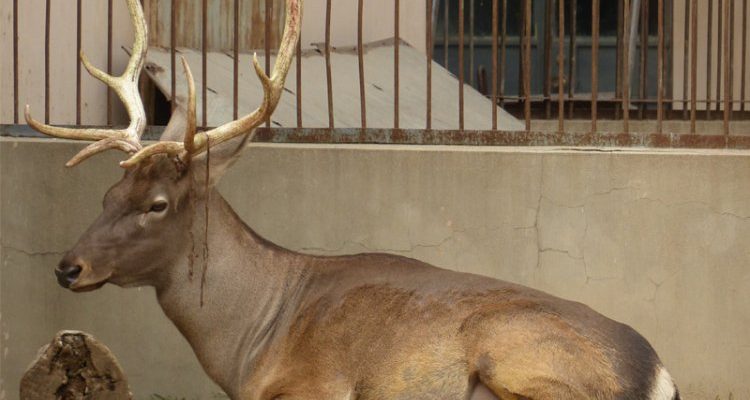
Cervus elaphus macneilii
Cervus elaphus macneilii NatureServe Explorer Species Reports — NatureServe Explorer is a source for authoritative conservation information on more than 50,000 plants, animals and ecological communtities of the U.S and Canada. NatureServe Explorer provides in-depth information on rare and endangered species, but includes common plants and animals too. NatureServe Explorer is a product of NatureServe in collaboration with the Natural Heritage Network.The red deer (Cervus elaphus) is one of the largest deer species. The red deer inhabits most of Europe, the Caucasus Mountains region, Asia Minor, Iran, parts of western Asia, and central Asia. It also inhabits the Atlas Mountains region between Morocco and Tunisia in northwestern Africa, being the only species of deer to inhabit Africa. Red deer have been introduced to other areas, including Australia, New Zealand, the United States, Canada, Peru, Uruguay, Chile, and Argentina. In many parts of the world,
FWS Digital Media Library — The U.S. Fish and Wildlife Service’s National Digital Library is a searchable collection of selected images, historical artifacts, audio clips, publications, and video. The red deer (Cervus elaphus) is one of the largest deer species. The red deer inhabits most of Europe, the Caucasus Mountains region, Asia Minor, Iran, parts of western Asia, and central Asia. It also inhabits the Atlas Mountains region between Morocco and Tunisia in northwestern Africa, being the only species of deer to inhabit Africa. Red deer have been introduced to other areas, including Australia, New Zealand, the United States, Canada, Peru, Uruguay, Chile, and Argentina. In many parts of the world,
| Status | Date Listed | Lead Region | Where Listed |
|---|---|---|---|
| Endangered | 06/02/1970 | Foreign (Headquarters) | Wherever found |
| 06/02/1970 | 35 FR 8491 8498 | Part 17 - Conservation of Endangered Species and Other Fish or Wildlife (First List of Endangered Foreign Fish and Wildlife as Appendix A) |
| 04/14/1970 | 35 FR 6069 | Notice of Proposed Rulemaking (Endangered Species Conservation); 35 FR 6069 |












